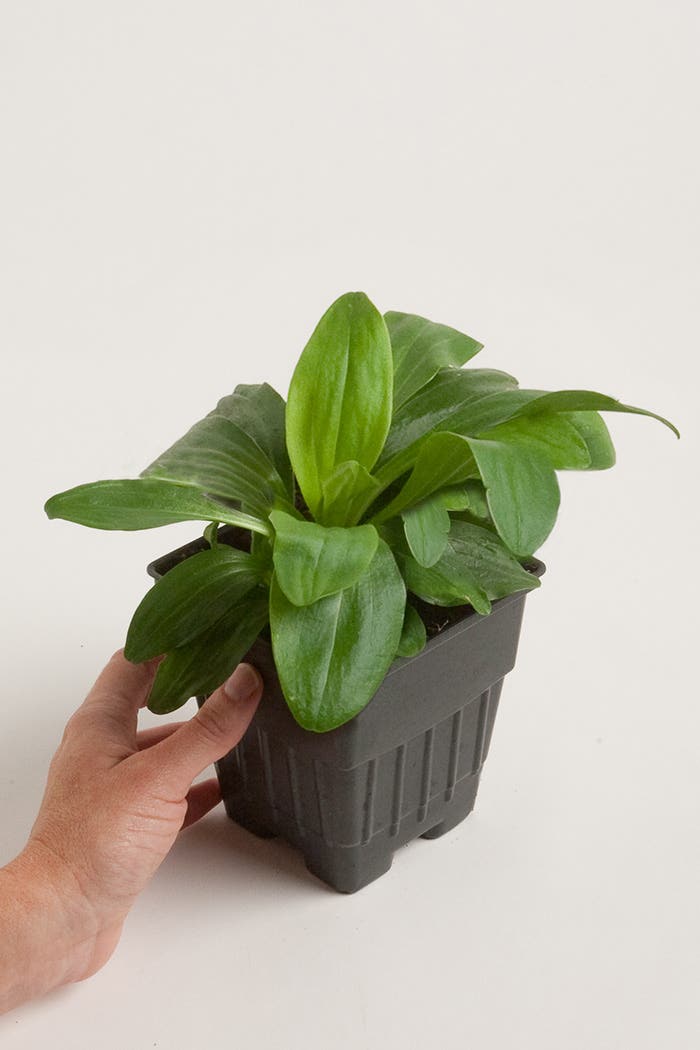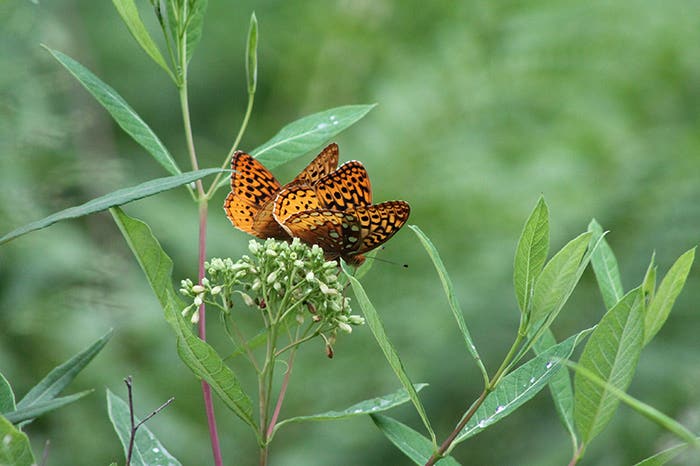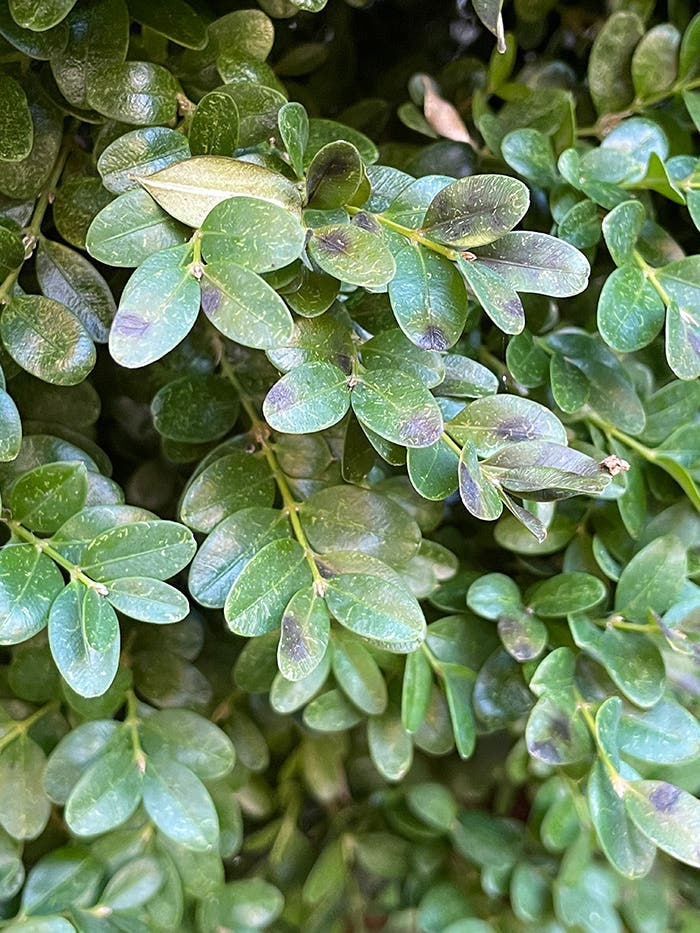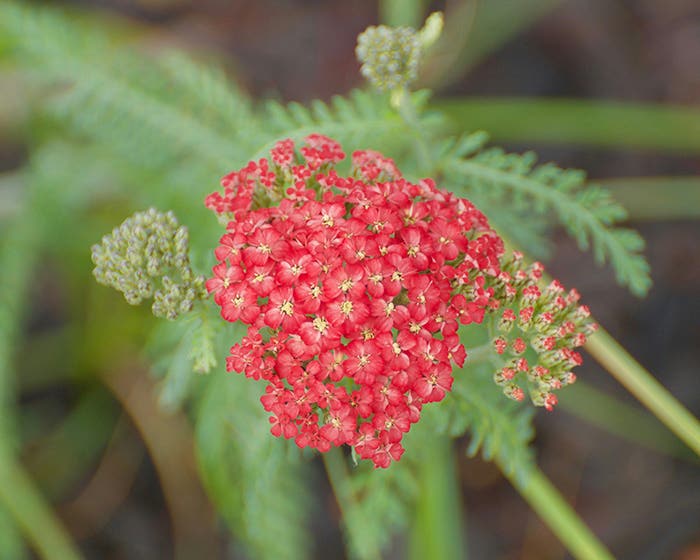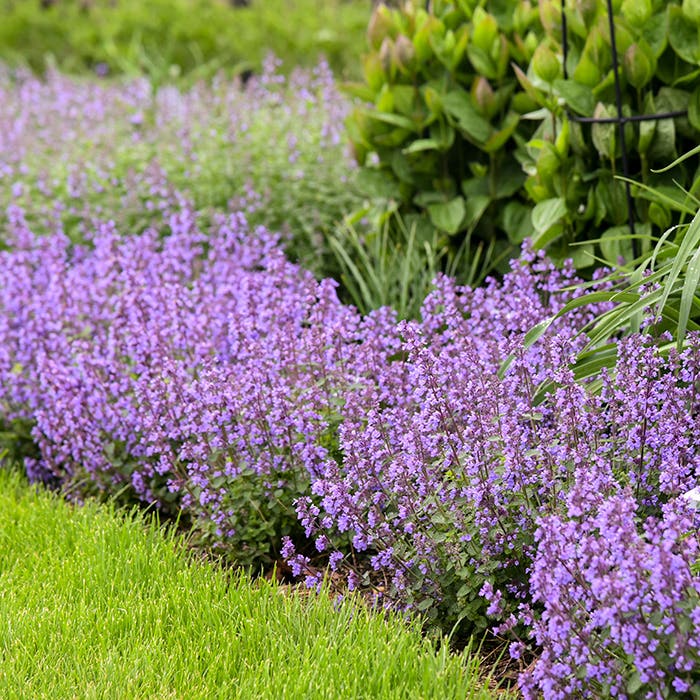The Best Season to Divide Perennial Plants
The general rule plus exceptions and tips.
Generally, perennials should be divided during the season opposite that in which they flower. So spring and early-summer bloomers should be split in fall, and late-summer to fall bloomers in early spring. (There are exceptions, so read on.) The idea behind opposite-season division is that the new plants will be able to put all of their energy into root and leaf production, rather than flowering, and therefore have an easier time becoming established.
When dividing in spring, do it early enough that the plants will have at least several weeks to recover before hot weather arrives.
When dividing in the fall, leave the new divisions four to six weeks to settle in before the ground freezes.
Whatever time of year you divide them, be sure to water your plants well the day before you do. Prepare the divisions' new locations before you dig the plant up, and replant them right away. (If there must be a delay, keep the divisions in a cool, shady spot.) Try to divide and transplant your perennials on an overcast day or toward the end of the day, so they won't be stressed by hot sun.
Exceptions
Many gardeners in the coldest climates (USDA Zones 3, 4, 5) do all of their dividing in early spring, so that the plants can use the whole growing season to develop a good root system before the onslaught of winter.
Several plants are best divided just after they bloom. These include peonies, irises and Oriental poppies.
Image credit: Amy G/CC BY 2.0 DEED


